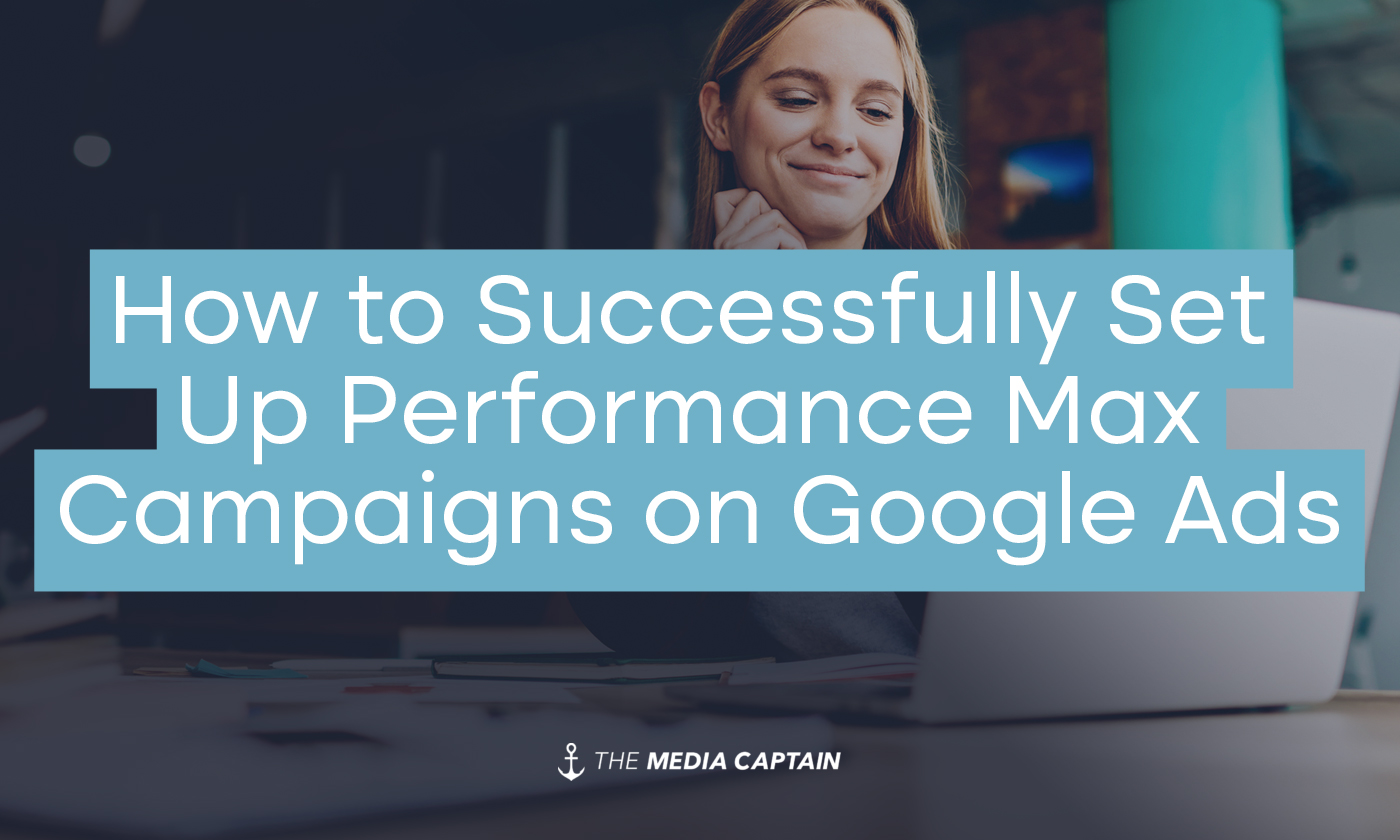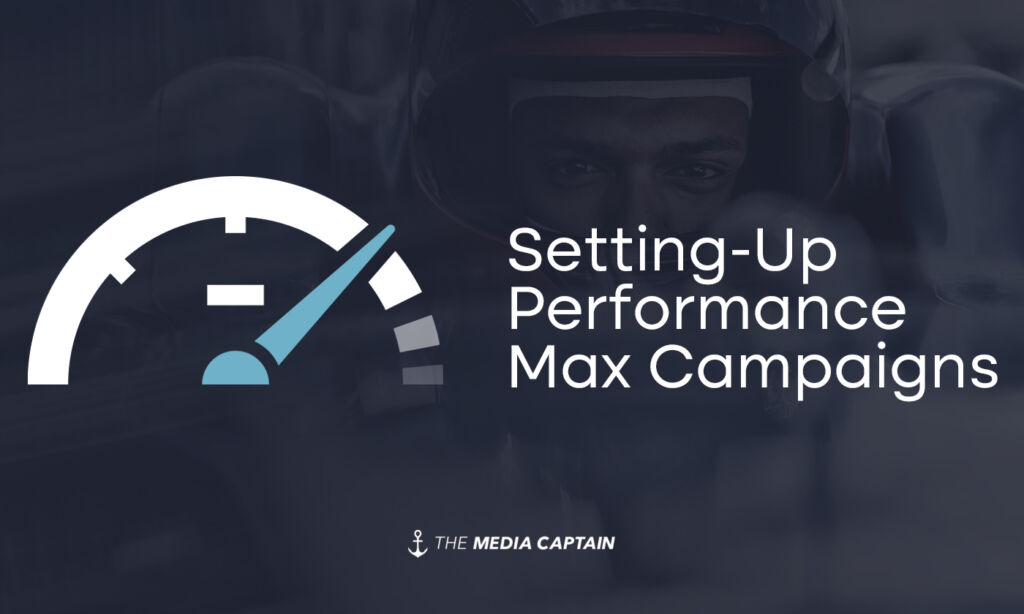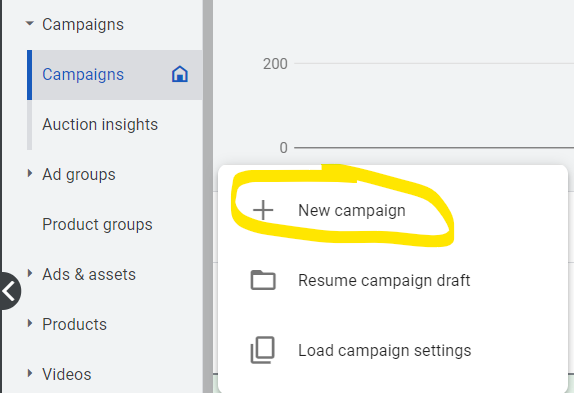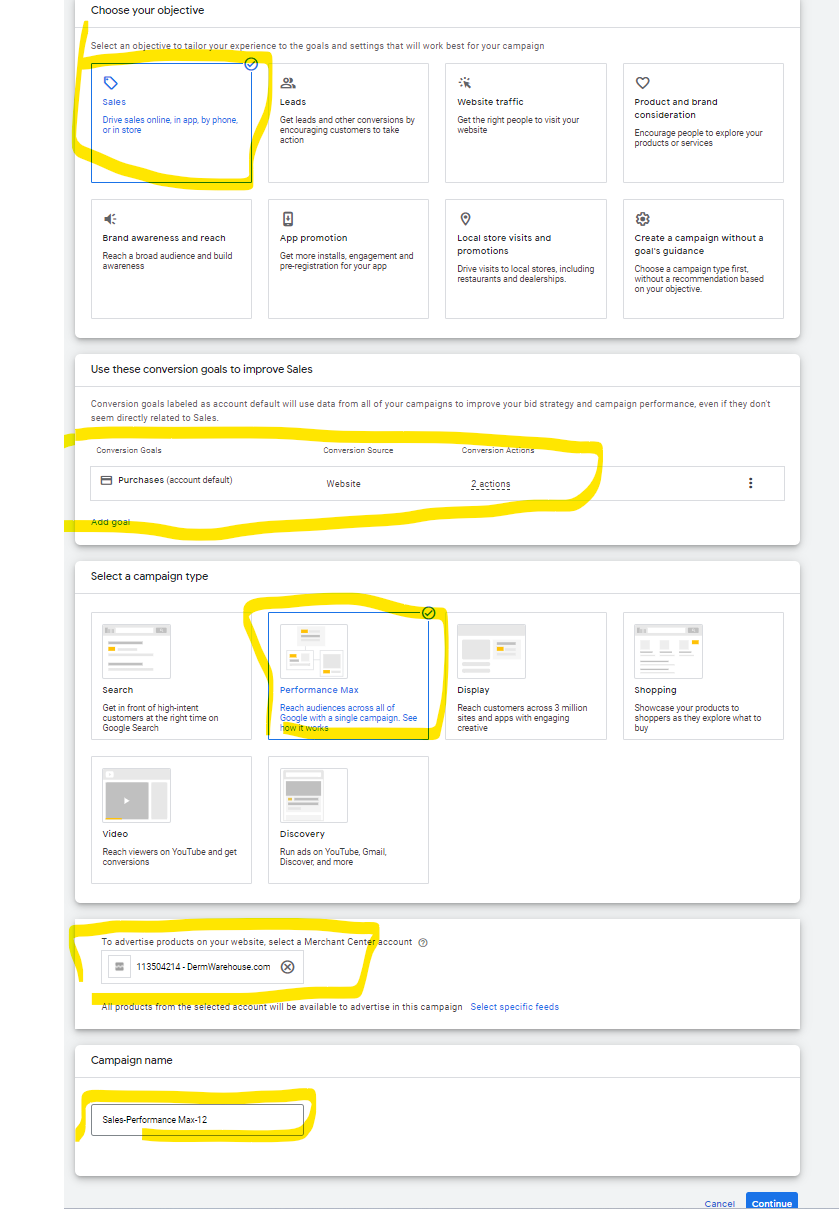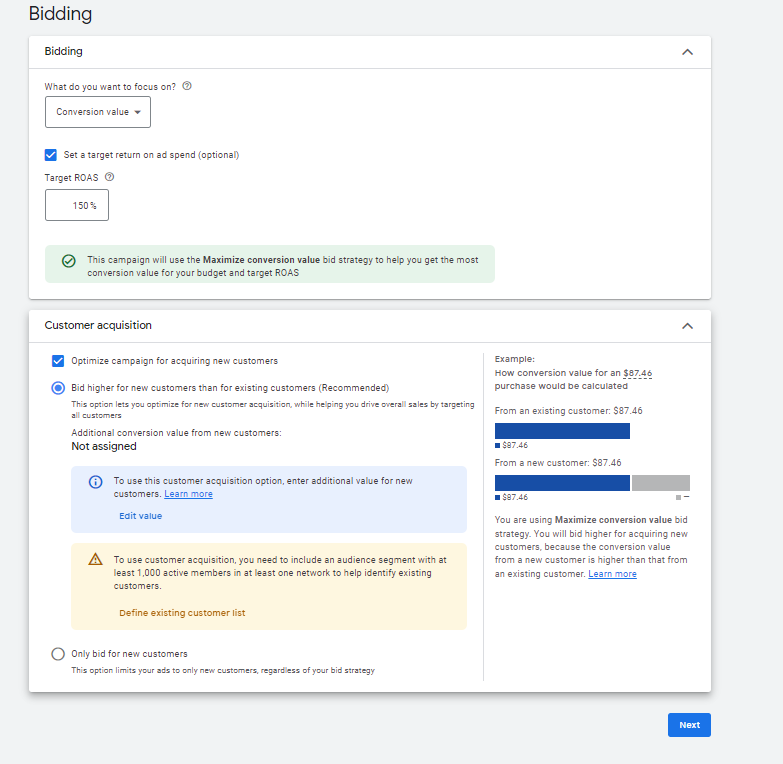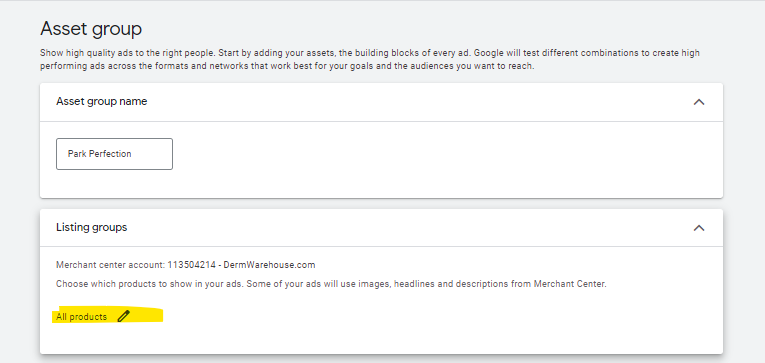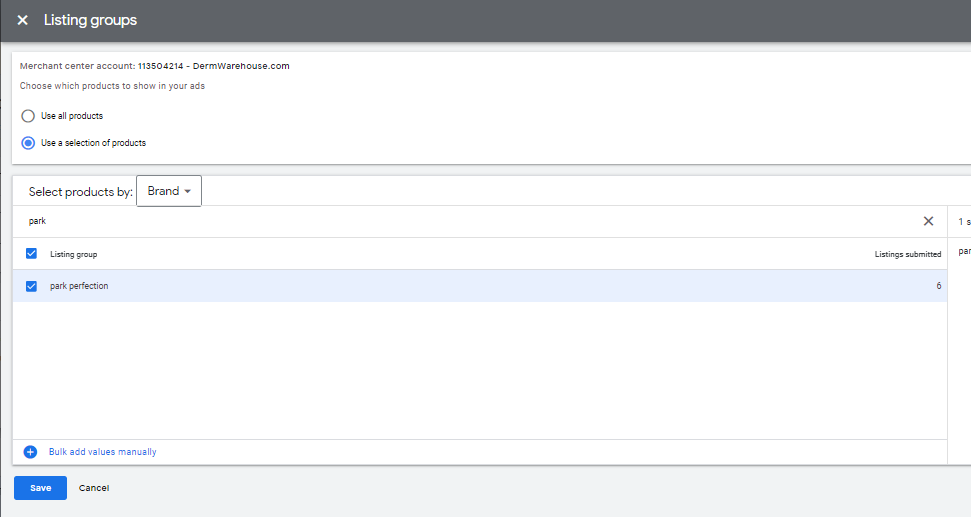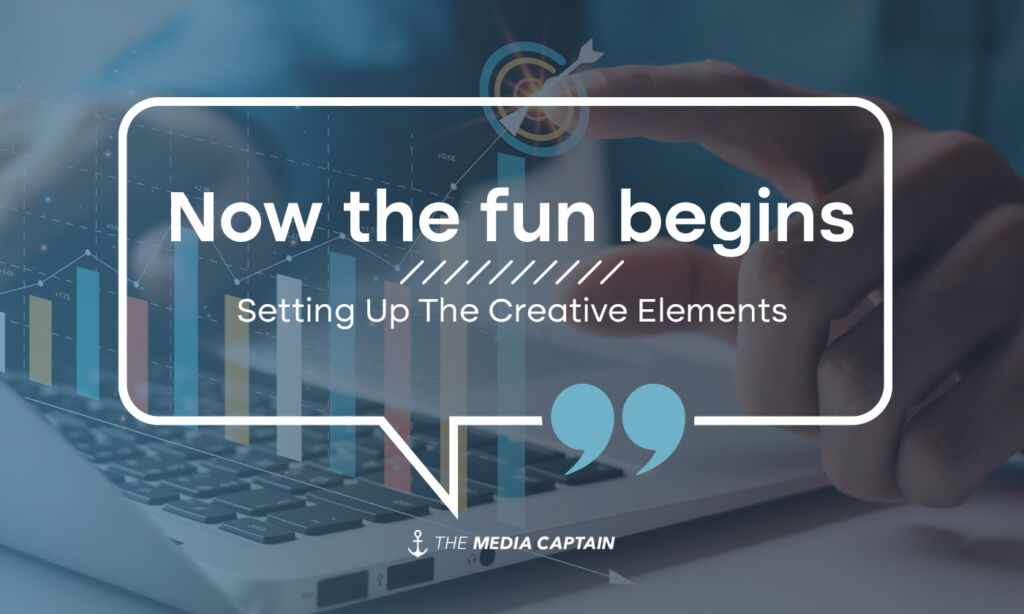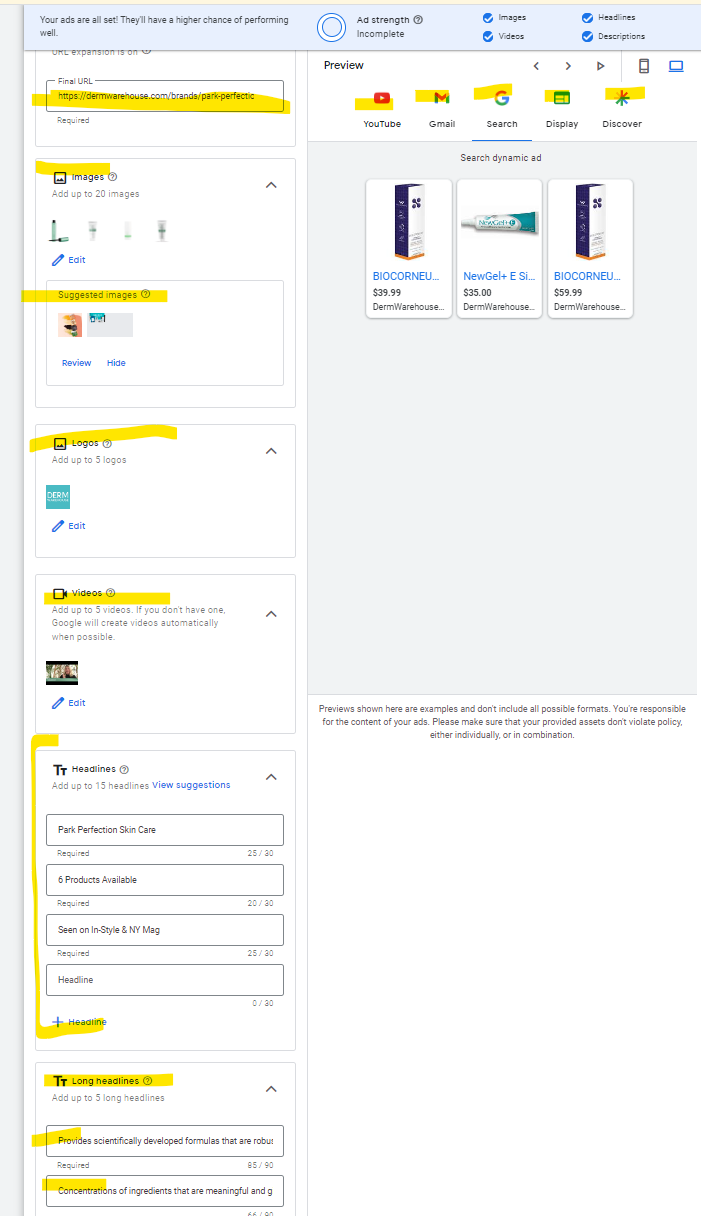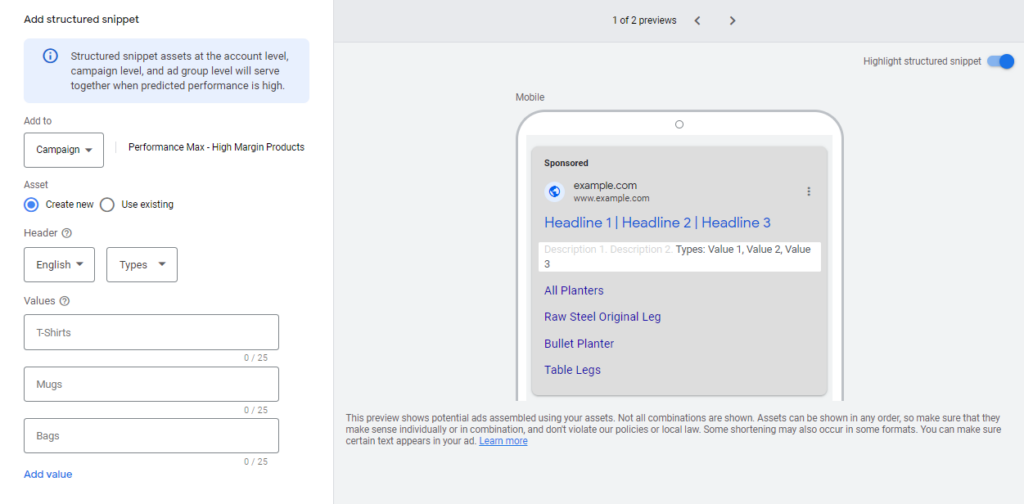Performance Max allows you to streamline all your advertising into one campaign, combining different ad formats like Google Shopping, Video Advertising, Display, and Pay-Per-Click.
In this blog post, I walk you through the simple steps of setting up a successful Performance Max campaign in Google Ads.
While Performance Max seems like an ideal solution to save time and efficiency, some drawbacks exist. I’ll help you decide whether or not PMax is the best fit for your eCommerce business.
Before diving into the details, I recorded a video outlining the step-by-step instructions for setting up Performance Max. If you prefer visual learning, I recommend watching the video.
Syncing with Merchant Center
To advertise eCommerce products in the form of shopping advertisements, you will need to link your Performance Max campaign with your Merchant Center account. This allows your Google Shopping ads can run smoothly.
Related Blog: What You Need To Know About Google Merchant Center
Setting-Up Performance Max Campaigns
- To begin, within your Google Ads account you will want to create a new campaign (highlighted below).
Choose Your Objective
Once you get to the objective section, there are numerous options to select (see bullets below).
For eCommerce, we don’t like having numerous conversion goals. We want to measure revenue and the return on ad spend. Purchases are the best way to do this.
- Choose “Sales” for your objective
- Select “Purchases” as the conversion goal
- Select “Performance Max” as your objective
- Link to Google Merchant Center account
- Name Your Campaign
Related Video: What’s a Good Return on Ad Spend?
Shameless Plug: Subscribe to The Media Captain on YouTube for weekly video updates on Google for small and medium-sized businesses!
Bidding And Optimization
- Within the bidding section, you can select either a target cost per acquisition or a target return on ad spend (ROAS).
- I recommend starting with a target ROAS and adjusting it as needed.
- I also recommend bidding higher for new customers so you aren’t spending money on existing customers, which can artificially inflate ROAS.
Tip: Too often, advertisers get ambitious and set their Target ROAS for 300% or 400%. This leads to hardly any clicks. When you set your Target ROAS lower, you can still outperform the benchmark and you will get enough clicks to analyze the data properly.
Campaign Settings
- Choose your location along with the proper language
- Enable automatic asset creation.
- Adjust the ad schedule so the advertisements are served at the time of day you most desire.
- Proceed to the next step (you’re getting close to the fun part, the asset creation).
Asset Group & Creative
- Before creating assets, you have the option to create an asset group. This allows you only to serve a subset of products. This is something I recommend doing so your ad creative can be unique to the specific products you plan on selecting.
- Google will automatically default to “All Products.” If you click on the pencil icon, it gives you the option to select a subset of products.
Important Note: Performance Max will take precedence over your existing shopping campaigns. If you have a strong ROAS in your existing shopping campaigns, don’t set up Performance Max as it can hurt performance. Focus on a subset of products to prove the concept before expanding.
Listing Groups
- Within the asset group below, you can see that I selected the brand Park Perfection. You can segment based on how your shopping feed and custom labels are set up within the “Use a Selection of Products.”
- For Park Perfection, six products are associated with the brand so the assets we’ll be creating will be for this specific brand.
Setting Up The Creative Elements
Now the fun begins. You can start adding creative elements to your Performance Max Campaign, which includes the following:
- Destination URL
- Images
- Logos
- Videos
- Headlines
- Long Headlines
- Descriptions
- Business Name
- Sitelinks
- Call-to-Action
Creating your advertisement for Performance Max takes more time than a standard PPC or video advertisement. The reason Google asks for so much information is that it will be serving numerous advertisements across display, YouTube, PPC, Shopping, etc.
Below you can see all of the information I entered for this advertisement. I encourage you to watch my video on setting up a Performance Max campaign for a client.
Finalize Campaign Details
- Ensure the final URL goes to the appropriate landing page if you are segmenting by specific products. The destination URL above is for the Park Perfection brand page.
- Come up with good advertising copy with strong headlines and descriptions.
- Make your advertisement pop with strong imagery and memorable videos.
- Create unique site links to drive users to critical pages on your site
- If you sell an eCommerce product, have the call-to-action be “shop now.” Don’t forget a solid call to action!
- Set up audience signals to target ads based on specific customer segments.
- Review your budget and the campaign summary before launching your Performance Max campaign to the world!
Additional Improvements
Add More Asset Groups
As you find success with your first Performance Max campaign, you’ll look for ways to make it better. If your business has various product lines consider creating different assets groups for each line. If you’re only selling a handful of products this same process can be focused on each product.
Take Park Perfection as an example. Within the brand are 6 individual products, each unique from one another. Each product can be split into its own asset group provided they have quality creatives.
Within the campaign, we would create an asset group for the following: 2 in 1 Instant Eye Lift, Lash Enhancing Serum, Tinted Pore Minimizing Perfector, Purifying Gel Cleanser, and Daily Facial Moisturizer. By creating an asset group for each product, we are able to exercise our creative flexibility. The headlines and descriptions can use more precise language versus the broad verbiage the ad copy can be confined to when there are many products within an asset group.
For advertisers that have generated consistent results, searching for ways to scale and expand the ad budget, this may be the way to go. Caveat, if you’re running a conservative ad budget this campaign may not be the way to go. Small budgets can be thinned out quickly when spread amongst several asset groups.
Utilize Price Extensions
An ad asset that often goes under utilized are price extensions. Within each asset group, provide the price per unit for the products featured in the ad. When your product pricing is a competitive advantage this can be a great way to increase ad reach, impressions, and click-through-rate. When an ad viewer is seeing your product price lower than your immediate competitor your chances to convert that viewer increases. It’s a given that consumers want the best deal for the goods they want to purchase – meet them where they’re at with price extensions.
Learn More: Optimize Google PPC Sitelink Extensions For Your Ads
Differentiate Yourself with Structured Snippets
Structured snippets are highlighted aspects of a product(s) or service(s). In this case, structure snippets are useful as sneak peeks to the store product lines. For an online store, it’s best to select the option “types” and make it visible for the whole campaign. This way, when a query results in your ad showing the viewer will be presented with a menu of categories they otherwise wouldn’t have known if they weren’t added as snippets.
Conclusion
While Performance Max can save time while boosting efficiency, don’t rush to go all in. I recommend starting with a subset of products to prove the concept before scaling. The last thing you want to have to happen is for your strong-performing Shopping campaigns to come to a halt since PMax took precedence.
Additionally, Performance Max does not provide the same level of detail and insight as standard shopping campaigns. Search Terms is one of the most beneficial things within a Shopping campaign. Unfortunately, Performance Max doesn’t provide this granularity.
Hopefully, I showed you how easy it is to set up a Performance Max campaign on Google Ads. While there are benefits to PMax, this sort of campaign isn’t for everyone. Weigh the pros and cons to see whether this consolidated campaign works for your business.


